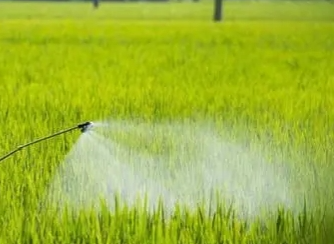O que você está procurando?
Antiespumantes agrícolas avançados apoiam a agricultura sustentável em meio aos desafios globais
May 07, 2025À medida que a volatilidade climática e a escassez de recursos remodelam a agricultura global, agricultores e agronegócios estão recorrendo aos antiespumantes agrícolas como uma ferramenta essencial, mas frequentemente negligenciada, para otimizar as operações e reduzir o desperdício. As ineficiências relacionadas à espuma custam milhões de dólares à indústria a cada ano, e uma nova geração de antiespumantes agrícolas está surgindo como uma solução prática e ecologicamente correta para os desafios da agricultura moderna.

Pontos problemáticos agrícolas atuais
Espumas geradas em sistemas de irrigação, pulverização de pesticidas e manejo de esterco animal interrompem os fluxos de trabalho, obstruem equipamentos e reduzem a eficácia de agentes químicos. De acordo com a Organização das Nações Unidas para a Alimentação e a Agricultura (FAO), o uso ineficiente de água e de agroquímicos continua sendo o maior obstáculo para alcançar a segurança alimentar global, e a espuma agrava as perdas em sistemas de agricultura de precisão.
Por que os antiespumantes agrícolas são populares?
1. Agricultura resiliente ao clima
Em meio ao aumento das condições de seca, antiespumantes biodegradáveis e sem silicone evitam o desperdício de água causado pela espuma na irrigação.
2. Agricultura de precisão com boa relação custo-benefício
Antiespumantes de alta eficiência minimizam o uso excessivo de herbicidas e fertilizantes líquidos.
3. Segurança do solo e das culturas
Antiespumantes não tóxicos e com pH neutro protegem as comunidades microbianas do solo, uma prioridade para agricultores que aderem à estratégia da fazenda à mesa.
À medida que a agricultura regenerativa e a tecnologia de precisão redefinem a agricultura, os antiespumantes não são mais uma opção secundária, mas sim uma ferramenta estratégica. Com o desenvolvimento de tecnologias inovadoras, como sensores de espuma acionados por IA e dispensadores de antiespumantes alimentados por energia solar, a indústria está pronta para enfrentar de frente os resíduos relacionados à espuma — provando que pequenas soluções podem gerar grandes ganhos em sustentabilidade.